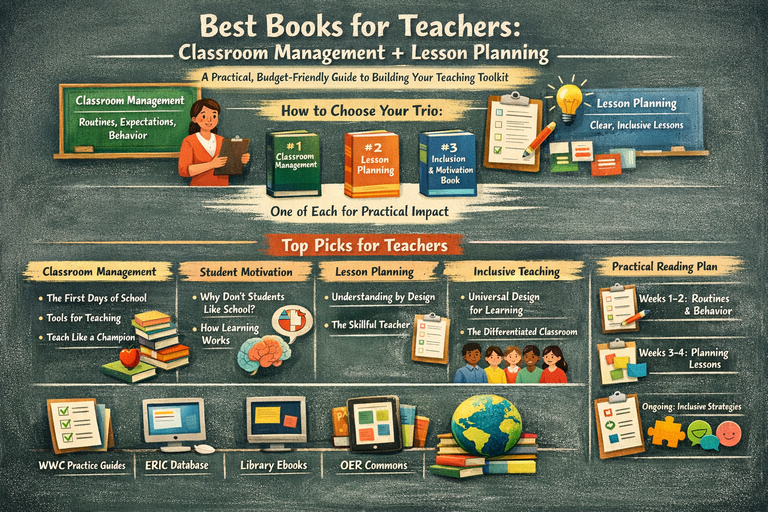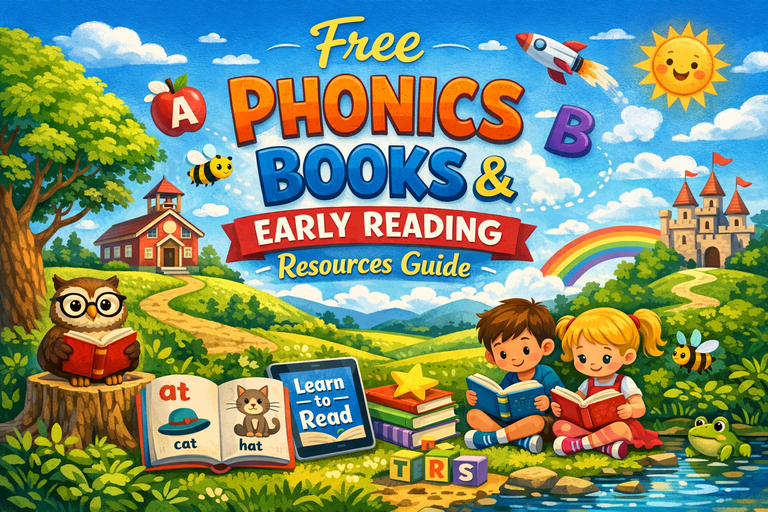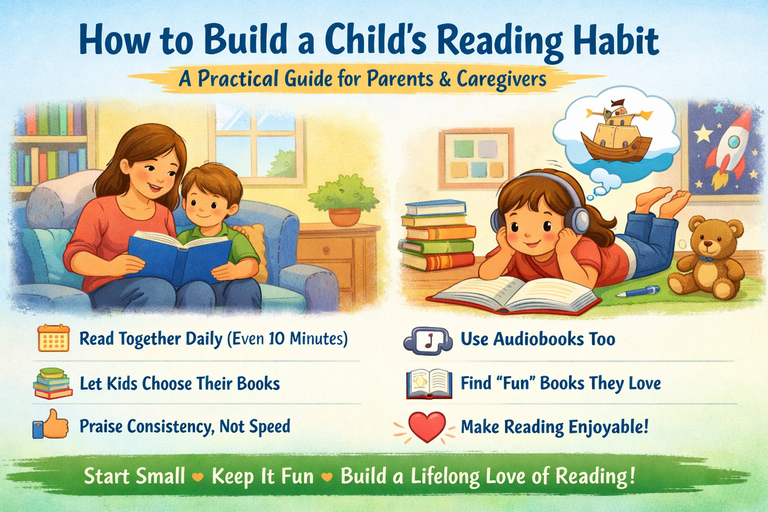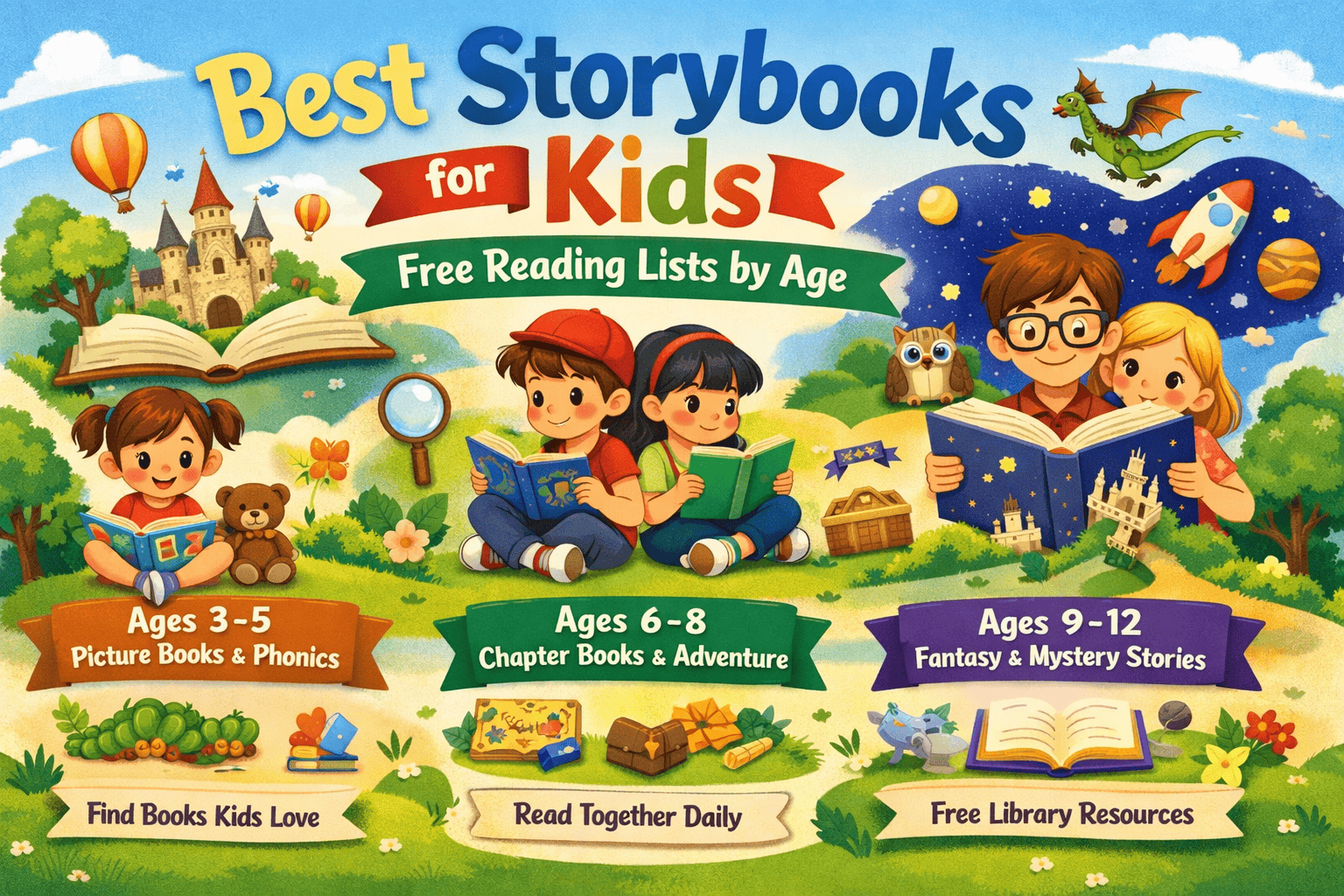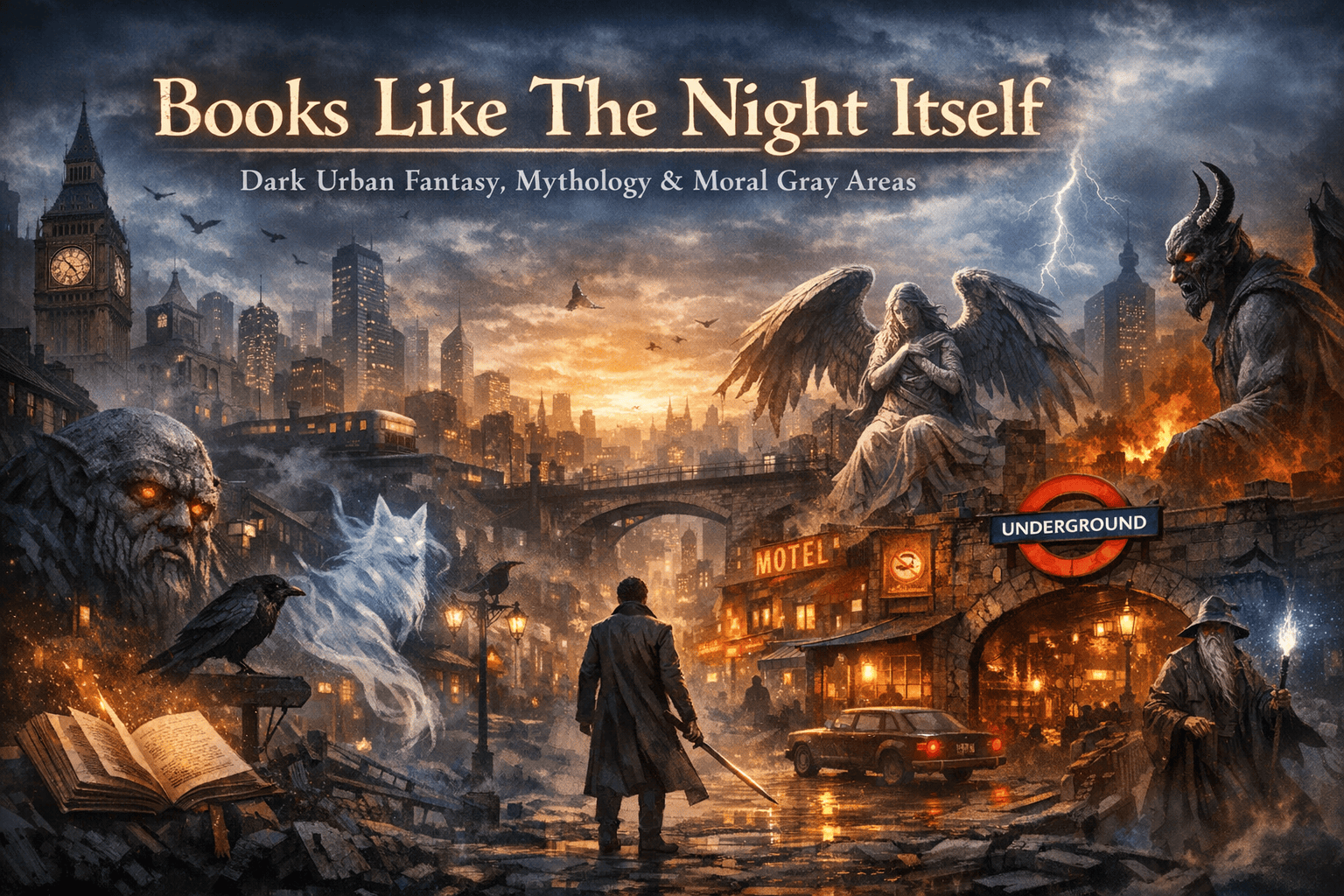The Timeless Magic: The Legacy of Classic Children's Literature
Children's literature holds a special place in the hearts of readers young and old. These cherished stories have a timeless quality, captivating generations with their enchanting tales and valuable life lessons. In this article, we'll explore the enduring legacy of classic children's literature, understanding why these stories continue to resonate with audiences around the world.
Capturing the Imagination
Classic children's literature has a remarkable ability to transport readers to magical worlds filled with wonder and adventure. Whether it's the whimsical landscapes of "Alice's Adventures in Wonderland" or the imaginative realms of Dr. Seuss, these stories ignite the imagination, allowing children to dream and explore in ways they might not have thought possible.
Timeless Themes and Lessons
The beauty of classic children's literature lies in its ability to convey important life lessons in a way that is both accessible and meaningful. Through relatable characters and engaging plots, these stories teach values such as kindness, bravery, empathy, and the importance of friendship. They provide a foundation for moral understanding that shapes young minds and stays with them throughout their lives.
Enduring Characters
Classic children's literature introduces us to some of the most beloved and enduring characters in literary history. From the inquisitive Alice to the mischievous Peter Pan, these figures become friends to young readers, leaving a lasting impression that extends far beyond the pages of a book. These characters serve as companions on the journey of growing up, offering guidance and inspiration.
Crossing Generations
One of the remarkable aspects of classic children's literature is its ability to transcend time and appeal to readers of all ages. Parents and grandparents pass down these cherished stories to new generations, creating a shared literary heritage. The characters and lessons become touchstones that connect family members across different eras, fostering a sense of continuity and unity.
A Window into Different Eras and Cultures
Classic children's literature provides a valuable glimpse into the historical and cultural contexts in which they were written. Stories like "Little House on the Prairie" offer insights into pioneer life in the United States, while tales from authors like Rudyard Kipling bring readers to the exotic landscapes of India. Through these stories, children gain an appreciation for different times and places, expanding their worldview.
Encouraging a Love of Reading
Classic children's literature often serves as a gateway to a lifelong love of reading. The enchantment of these early stories can inspire a hunger for more, leading children to explore a wide range of genres and authors. This love of reading not only enriches their lives but also nurtures their intellectual curiosity and imagination.
Adapting to Changing Times
Classic children's literature has shown a remarkable ability to adapt and remain relevant in an ever-changing world. Modern interpretations, adaptations, and retellings keep these stories fresh and accessible to new generations. For example, contemporary authors might reimagine classic tales with updated settings or perspectives, ensuring that the lessons and magic continue to resonate.
Preserving the Legacy
Preserving the legacy of classic children's literature involves not only passing down these stories but also ensuring that they remain accessible to all children. This includes efforts to promote literacy, support libraries, and provide access to books for underprivileged communities. By doing so, we ensure that the magic of these stories continues to inspire and enrich the lives of children around the world.
The Role of Classic Children's Literature in Education
Classic children's literature plays a vital role in education. Many of these stories are included in school curricula because of the valuable lessons they impart. They serve as tools for teaching language skills, comprehension, and critical thinking. Through discussions and assignments related to these books, students develop a deeper understanding of language and storytelling.
Inspiring Creativity and Imagination
The vivid worlds and imaginative scenarios in classic children's literature ignite creativity in young minds. They encourage children to think beyond the boundaries of reality and explore their creativity. This inspiration often extends beyond the pages of a book, influencing artistic endeavors, imaginative play, and even career aspirations.
Classic Literature as a Mirror and a Window
Rudine Sims Bishop, a prominent scholar, coined the phrase "books as mirrors and windows." Classic children's literature acts as a mirror, reflecting the experiences and identities of readers, and allowing them to see themselves in the stories. Simultaneously, it serves as a window, offering a view into the lives and experiences of others. This duality fosters empathy, understanding, and a sense of shared humanity.
The Comfort of Familiar Stories
Classic children's literature provides a sense of comfort and familiarity. Returning to beloved stories can be like visiting old friends. It offers a sense of continuity and stability, especially during times of change or uncertainty. This emotional connection to familiar tales can provide solace and a feeling of security.
A Source of Emotional Resilience
Classic children's literature often addresses complex emotions and challenges that children face. Whether it's dealing with loss, friendship struggles, or personal growth, these stories offer emotional guidance and reassurance. They show young readers that they are not alone in their feelings and that there are ways to navigate through difficulties.
The Influence of Illustrations
Illustrations in classic children's literature are just as significant as the text. They provide visual cues that enhance comprehension, spark imagination, and create lasting impressions. Iconic illustrations, such as those in Maurice Sendak's "Where the Wild Things Are," are etched in the memories of readers and contribute to the enduring legacy of these books.
Encouraging Critical Thinking and Analysis
Analyzing classic children's literature encourages critical thinking skills. Readers learn to evaluate characters' motivations, dissect plot structures, and examine the underlying themes. This analytical approach fosters a deeper appreciation for storytelling and enhances the reader's ability to engage with literature on a more profound level.
Embracing Diversity within Classic Literature
As we celebrate the legacy of classic children's literature, it's essential to recognize the evolving definition of what constitutes a classic. Efforts are being made to highlight stories from diverse voices and cultures that have been historically underrepresented. This broader definition of classic literature ensures that all children can find stories that resonate with their experiences.
Conclusion: A Gift for Generations
The legacy of classic children's literature is a treasure trove of stories that continue to enchant and inspire. These timeless tales, with their enduring characters and valuable lessons, hold a special place in our hearts. As we pass down these stories to new generations, we ensure that the magic and wisdom they contain will continue to shape young minds for years to come. In doing so, we celebrate not only the authors and their creations but also the enduring power of storytelling itself.



